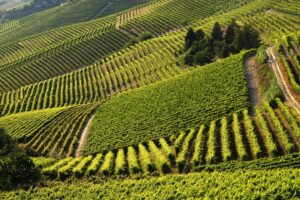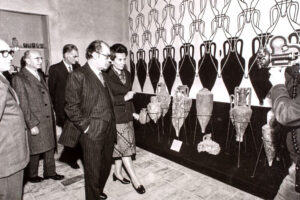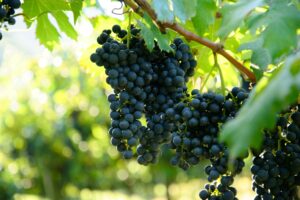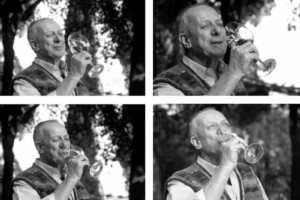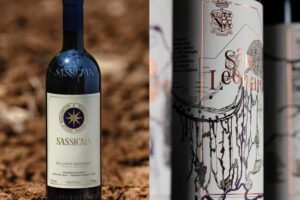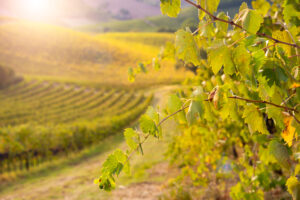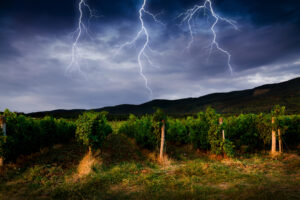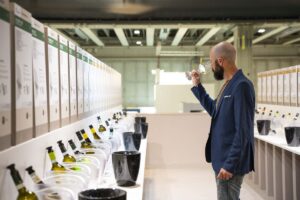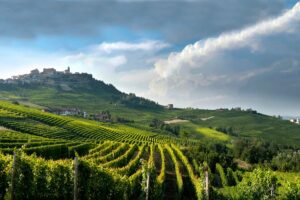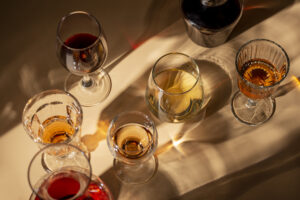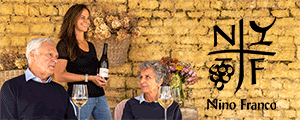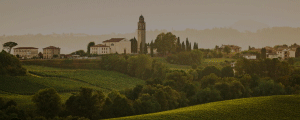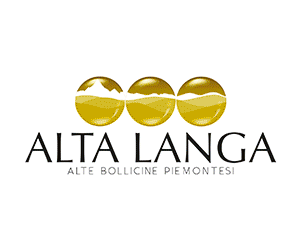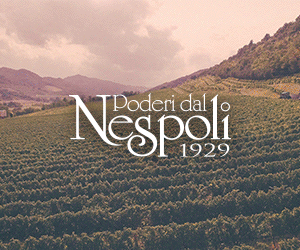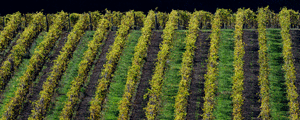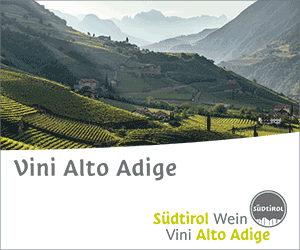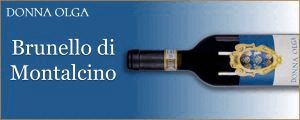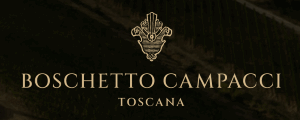Luigi Cappellini, owner of Castello di Verrazzano, has decided to go back to chestnut barrels (widely used in Tuscan and Italian winemaking up until a few decades ago, and today replaced with French oak), to age a modern wine. He aged his Chianti Classico Gran Valdonica Selection 2015, a 100% Sangiovese in chestnut barrels made from local chestnut wood found in the Chianti forests, and presented it in preview at the Academy of Georgofili in Florence (Giuseppe Liberatore, outgoing director of the Consortium of Chianti Classico, was among the participants).
Our choice to return to chestnut barrels, explained Cappellini, “represents distinction and tradition. We have decided to improve the pleasure of the products and last but not least, relate them to the complexity of the almost abandoned farm culture, linking them to the specific agricultural knowledge in the area. So”, continued the owner of Castello di Verrazzano, “we decided to age part of our production in this wood which will influence and strongly characterize the taste of the wine. Everyone talks about wines at zero kilometers, but then the barrels come from far away, even from abroad; therefore, we believe in the potential of a wine aged in barrels made out of local chestnut wood”.
The result, Cappellini said, “is a wine expressed in hints and nuances tied to the territory and a strong tone of resin and incense. The chestnut wood of the barrels is Chianti DOC, like our Sangiovese”.
Rediscovering chestnut wood, he noted, “has a strong romantic value, and we can say that the wood of our barrels is not like any other of today’s wines”. Using the essences of the area “is also a way to enhance our forests. We have the forests, but few today really take them into consideration. Using local chestnut also means rediscovering a part of the Chianti farming culture that had been forgotten”. The idea of using chestnut barrels came from a project curated by the Georgofili Academy, pointing out that until the first decades of the twentieth century, Chianti Classico was stored in barrels made of wood from the territory.
The project to promote the production of wood in the forests of the territory ("Provaci") was carried by the Foundation for Climate and Sustainability with the contribution of the bank Cassa di Risparmio in Florence and presented to the Academy of the Georgofili. It was noted that chestnut and oak wood in the Chianti Classico area (48.000 hectares of woods) produces two million tons of timber and, in the case of chestnut alone, 120 cubic meters of lumber can be harvested. This is a significant amount that would increase in value and at the same time favor development of employment related to wine production equipment.
According to Giuseppe Liberatore, director of Chianti Classico, “in the 1960-1970s, all the wineries in Chianti used chestnut barrels for aging because it was the wood found in its forests. It became outdated only later when tonneau and barriques came into fashion, which allowed a new, faster aging technique. Chestnut barrels were characteristic of our wineries. Today, there is a rediscovery, as is often the case over the course of history, and also, today's chestnut trees are much better cared for, so the wine tastes less of wood than in the past”.
This is why, he added, “Verrazzano's project is so interesting. It could give us back the taste we have somewhat lost. However, it should be said that Chianti wine producers were very good, unlike California wines, for example, at not leaving too much of a wood taste over the wine. Today, tasting many Chianti Classico wines one notices how the wood is only remotely detected, while the characteristics of the wine and the territory are distinct”.
Copyright © 2000/2024
Contatti: info@winenews.it
Seguici anche su Twitter: @WineNewsIt
Seguici anche su Facebook: @winenewsit
Questo articolo è tratto dall'archivio di WineNews - Tutti i diritti riservati - Copyright © 2000/2024











